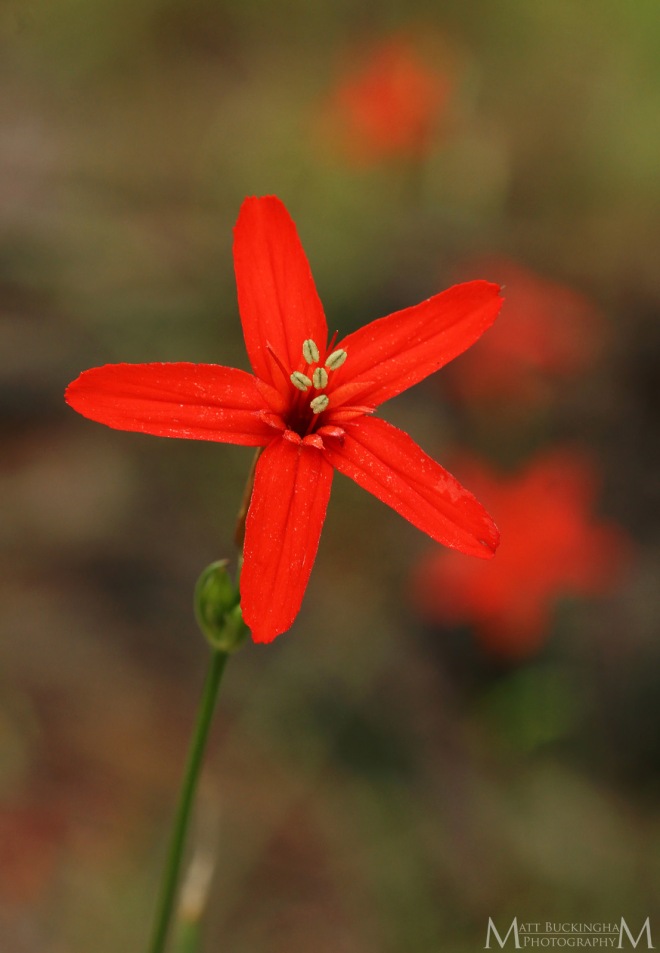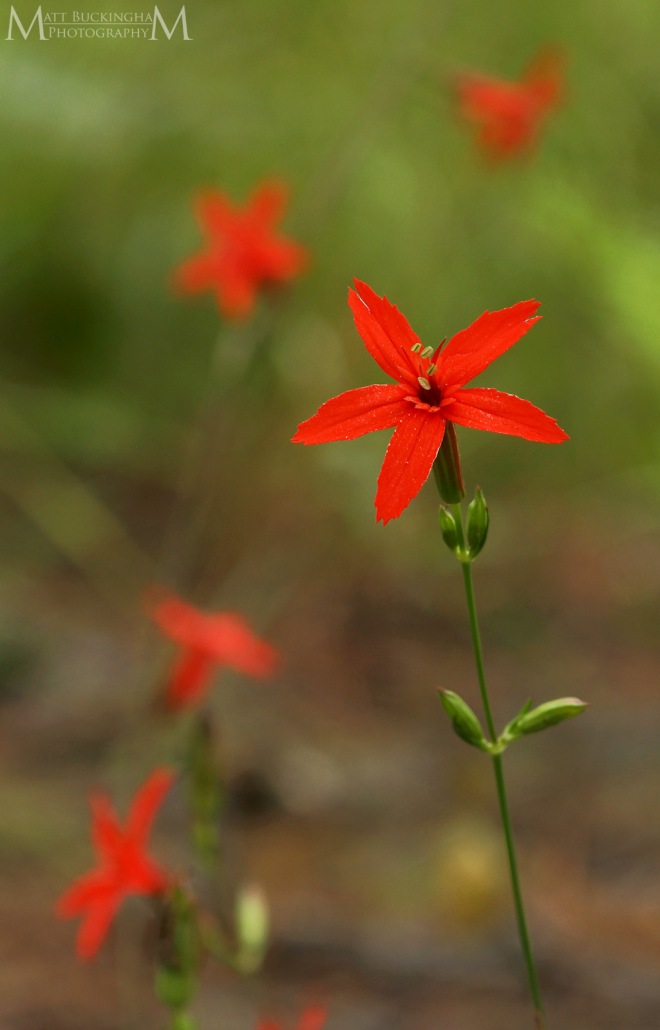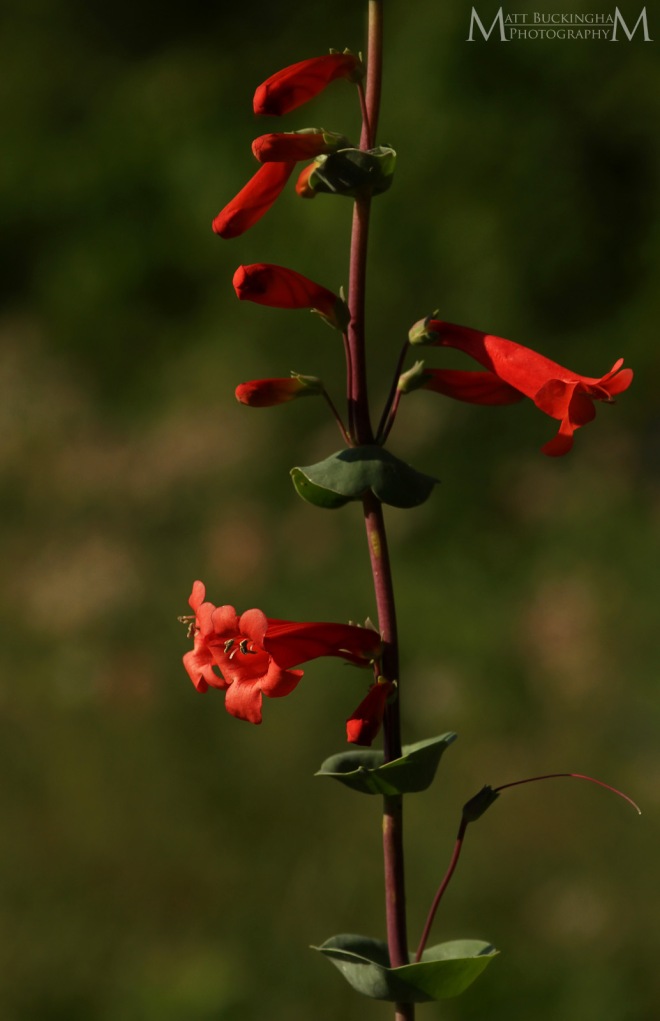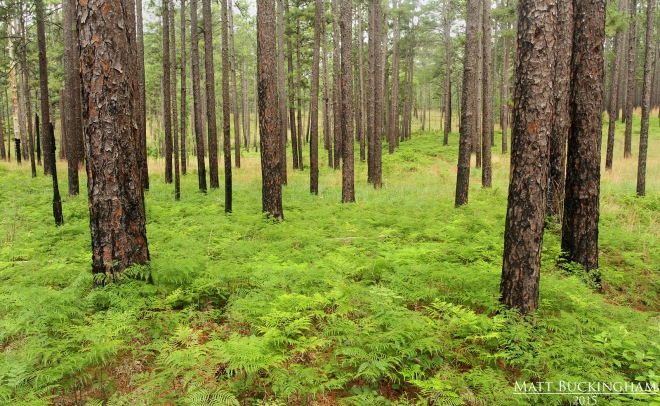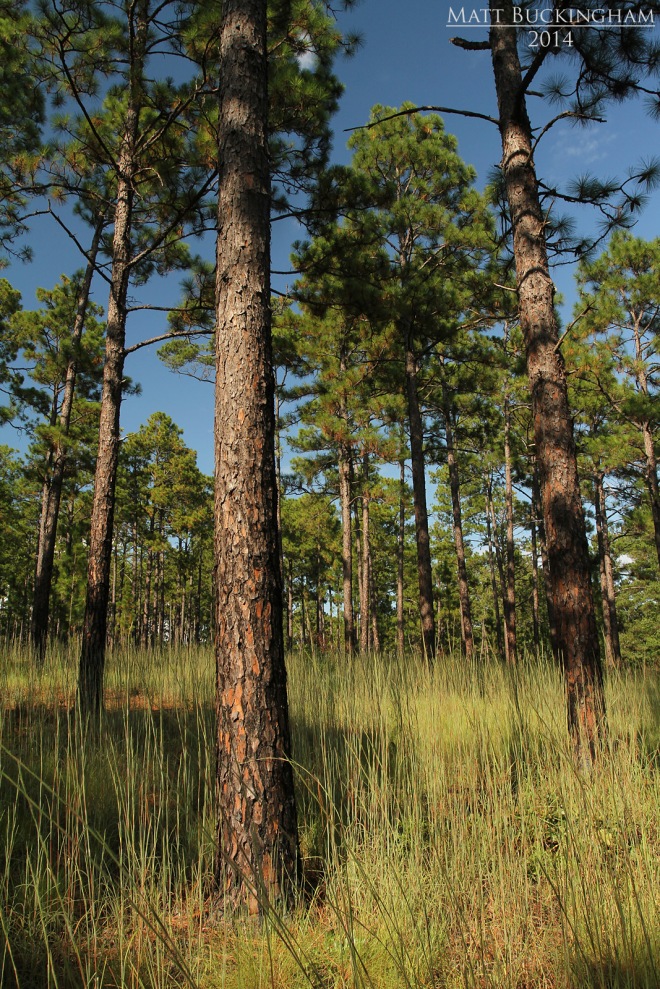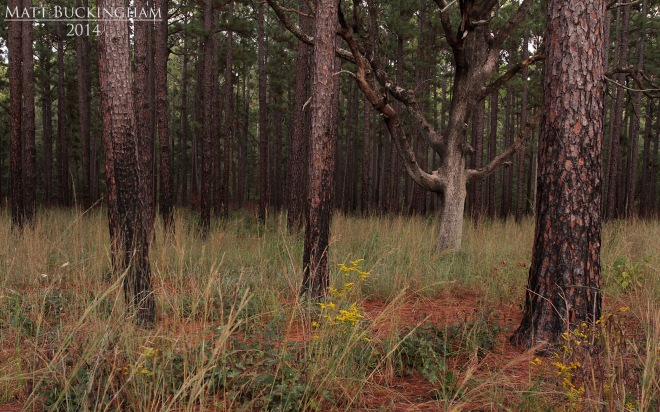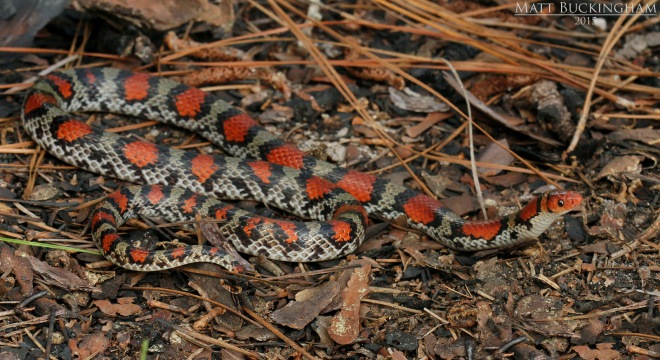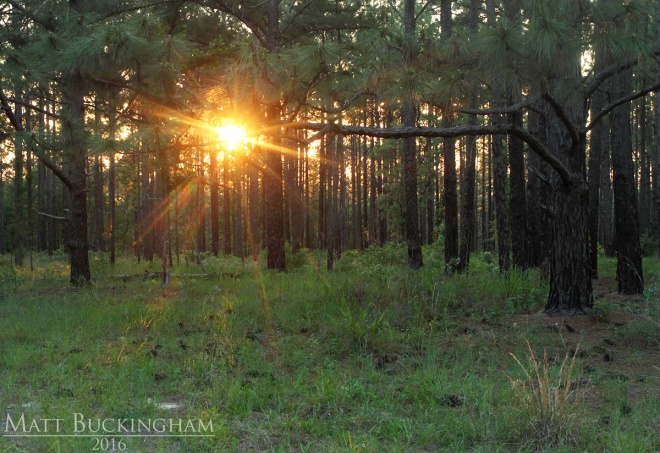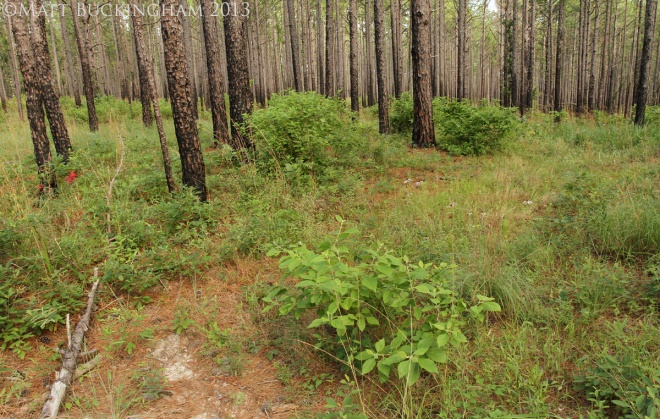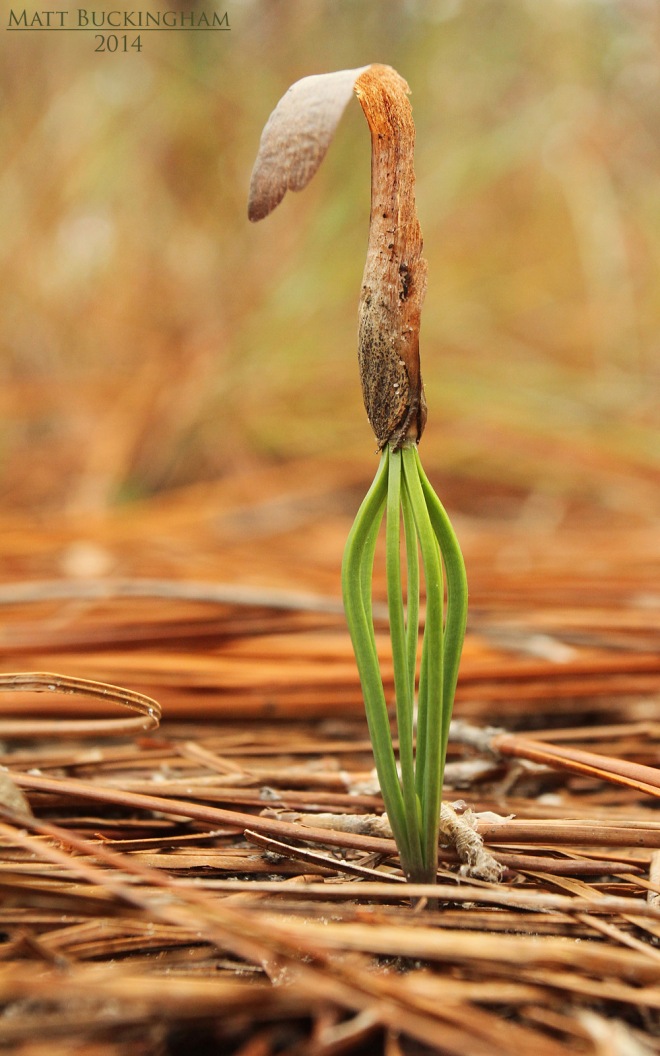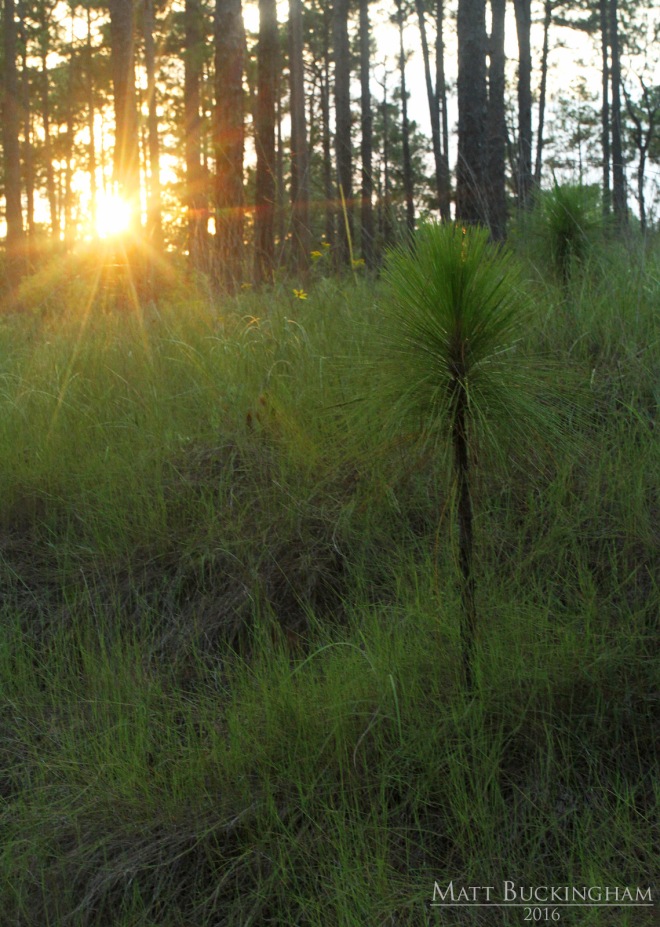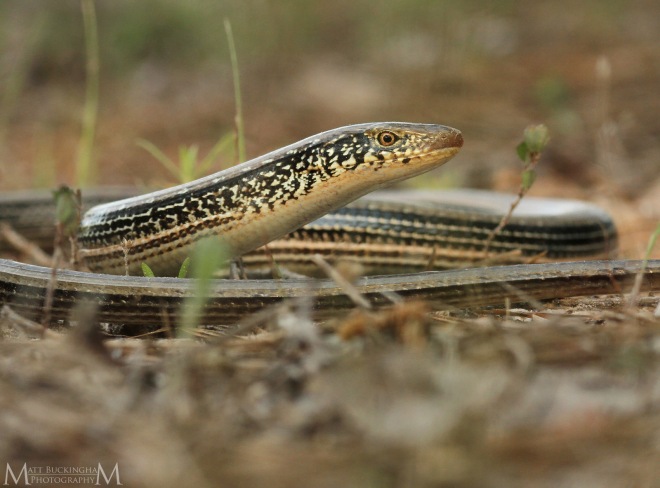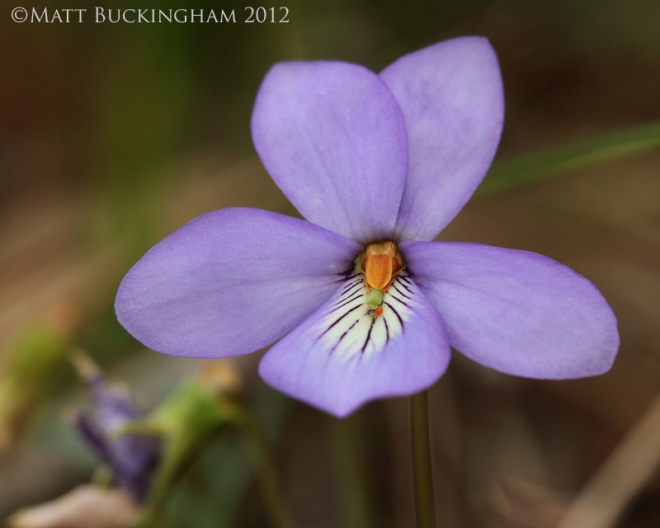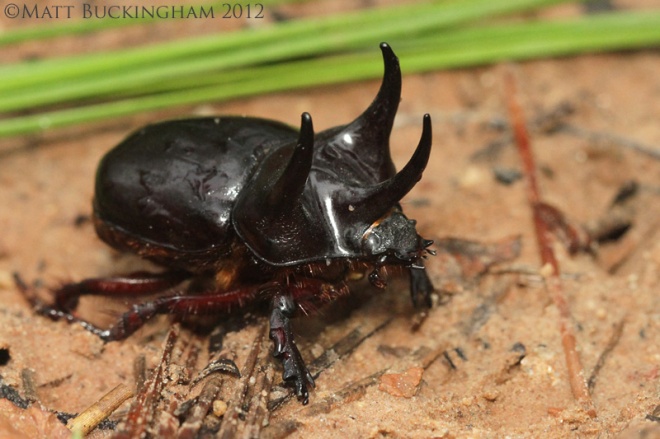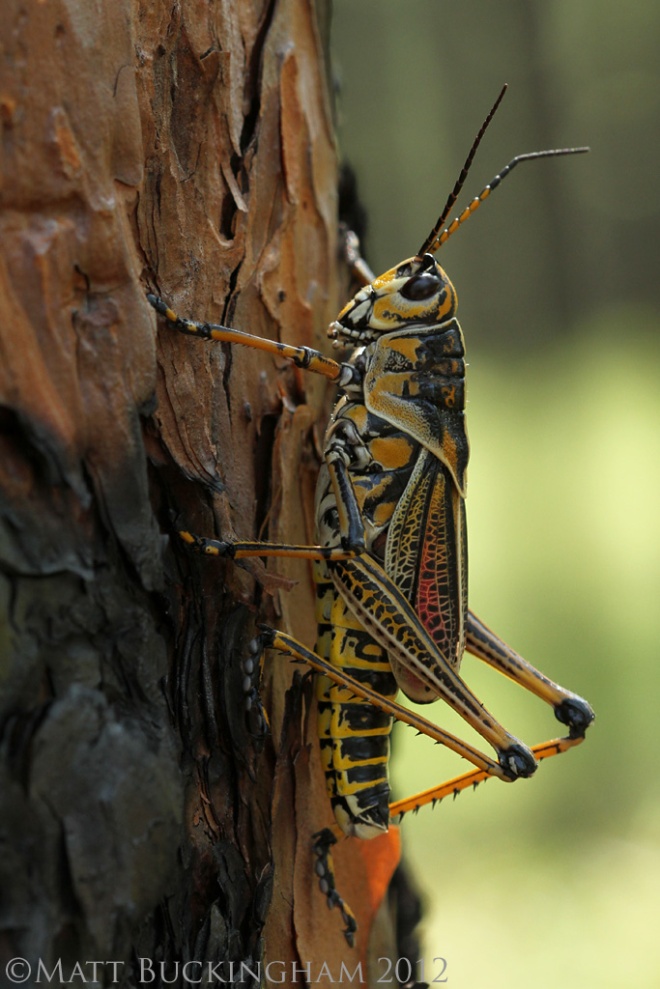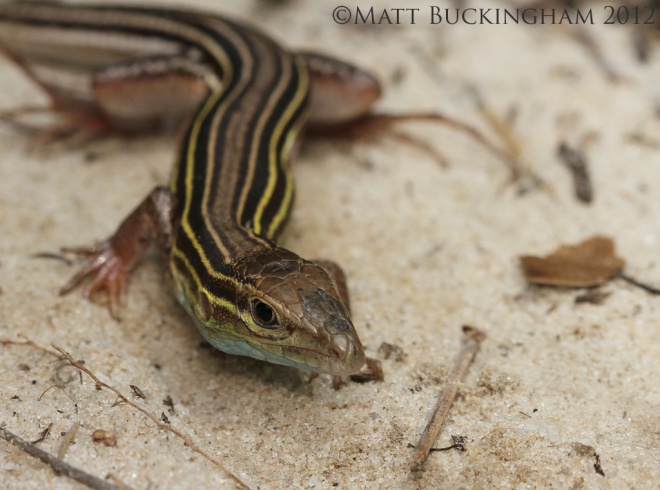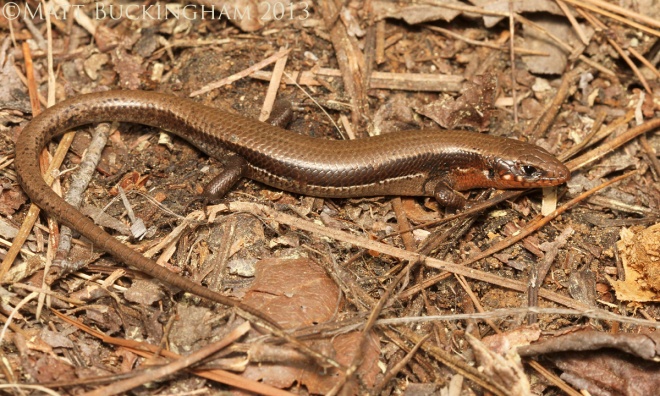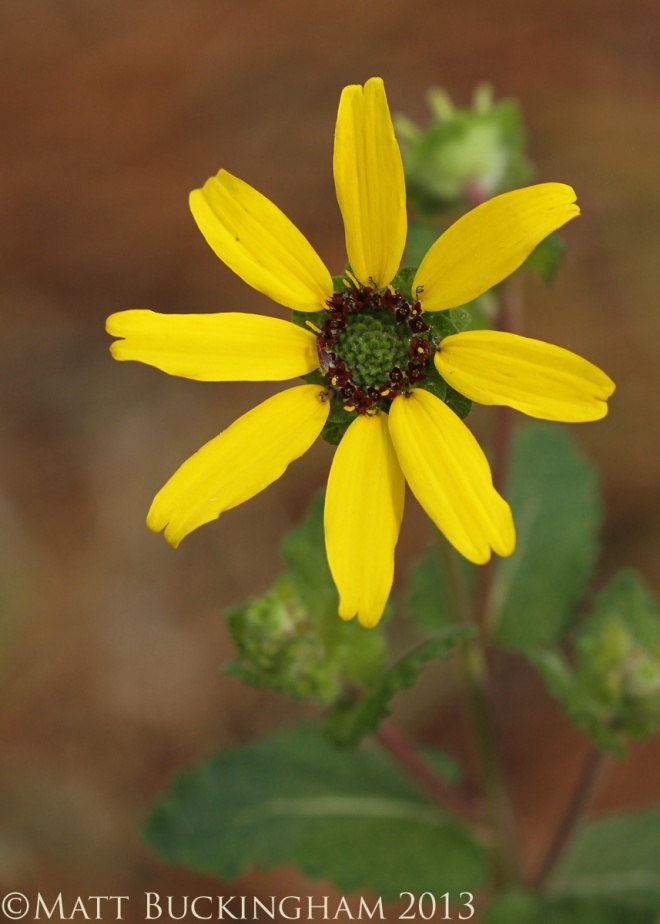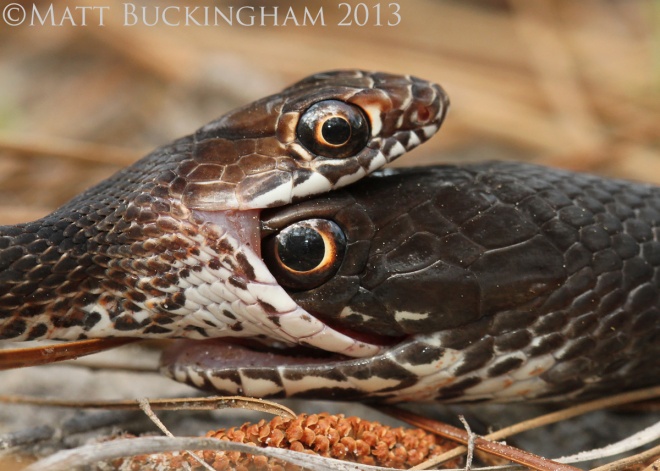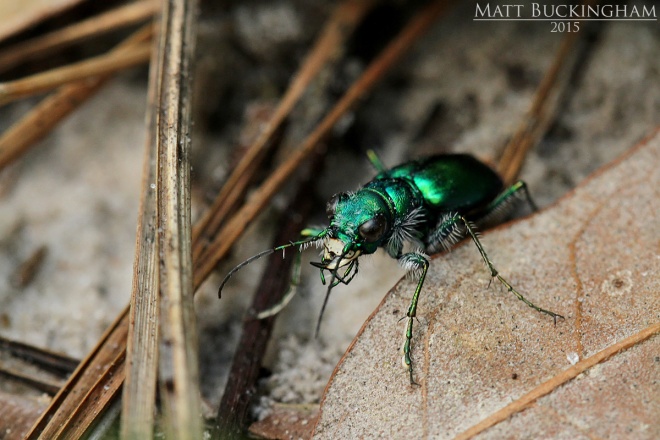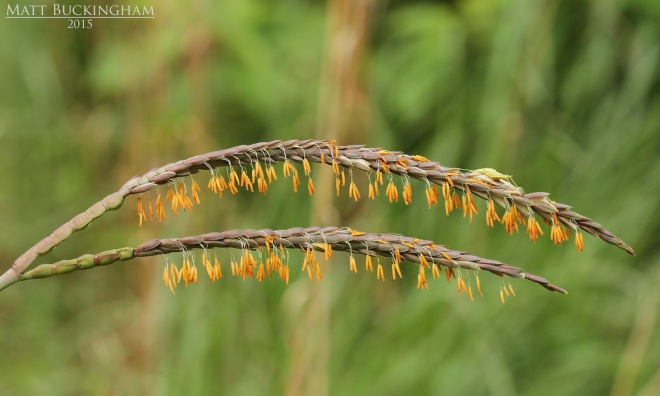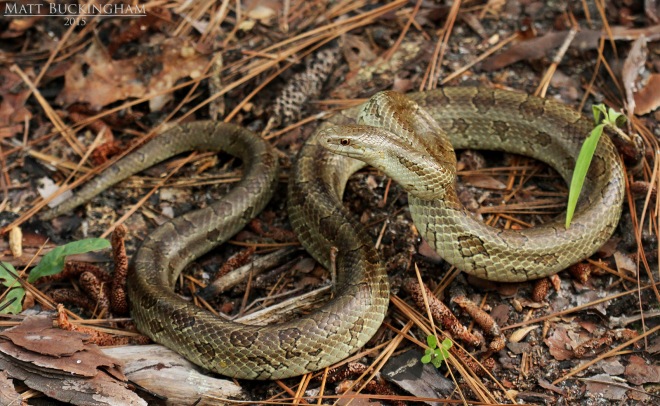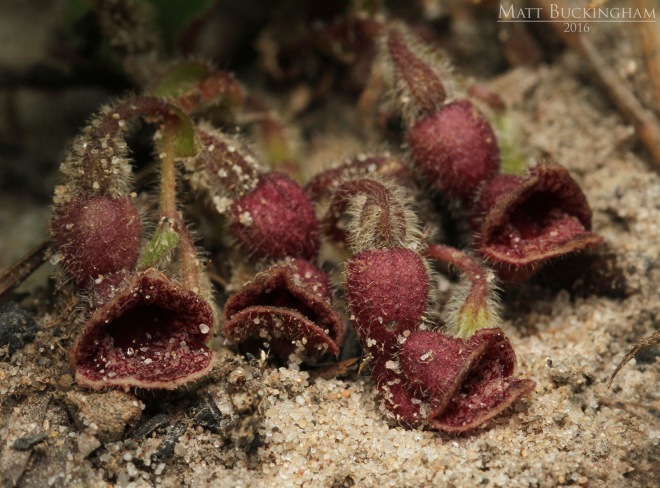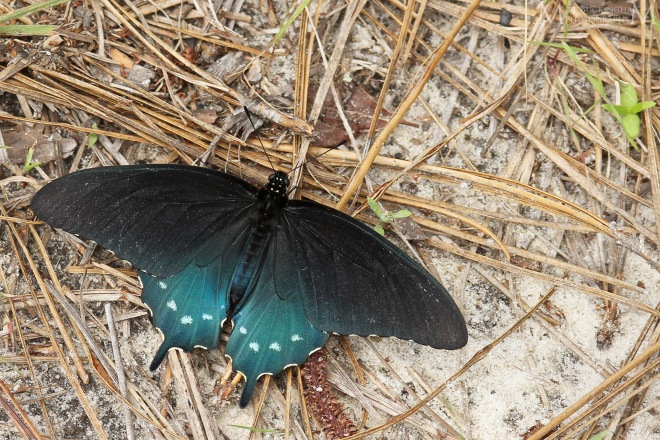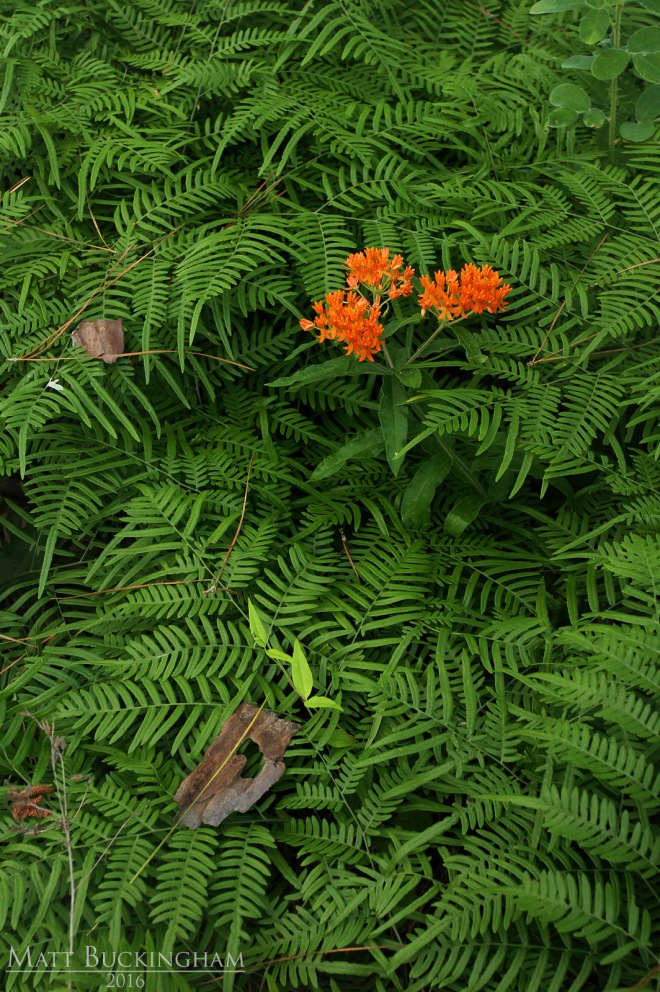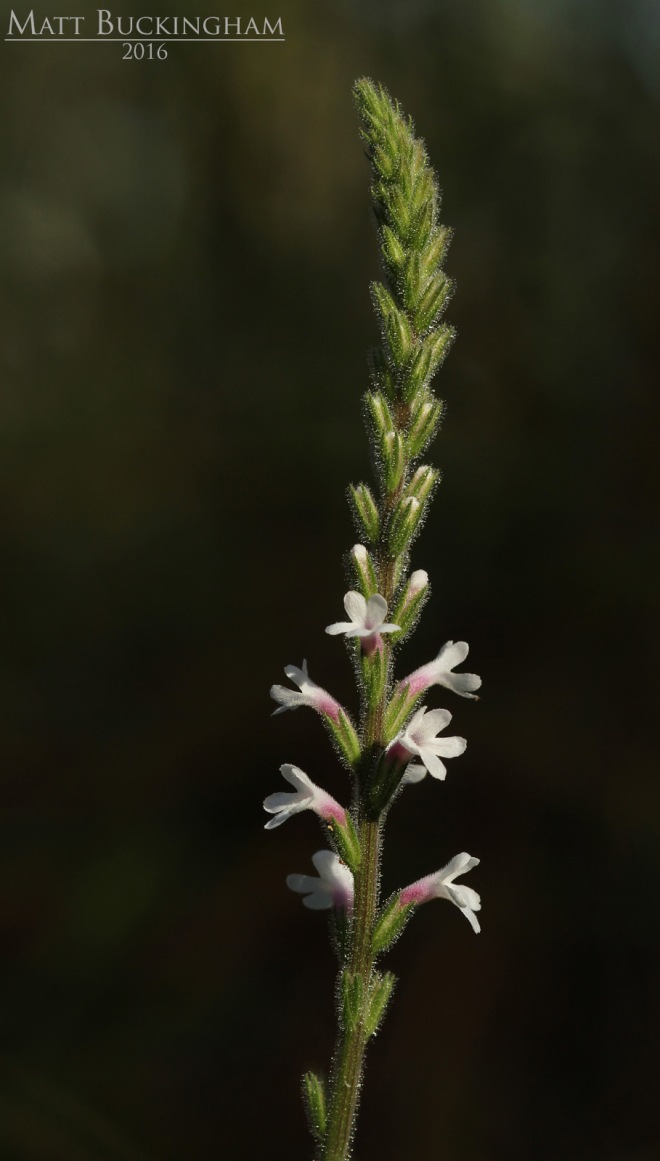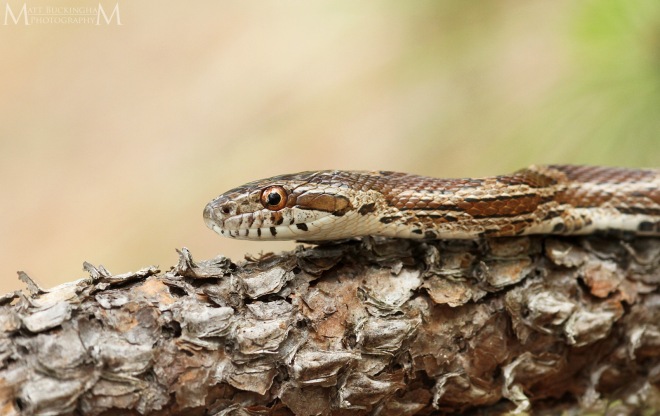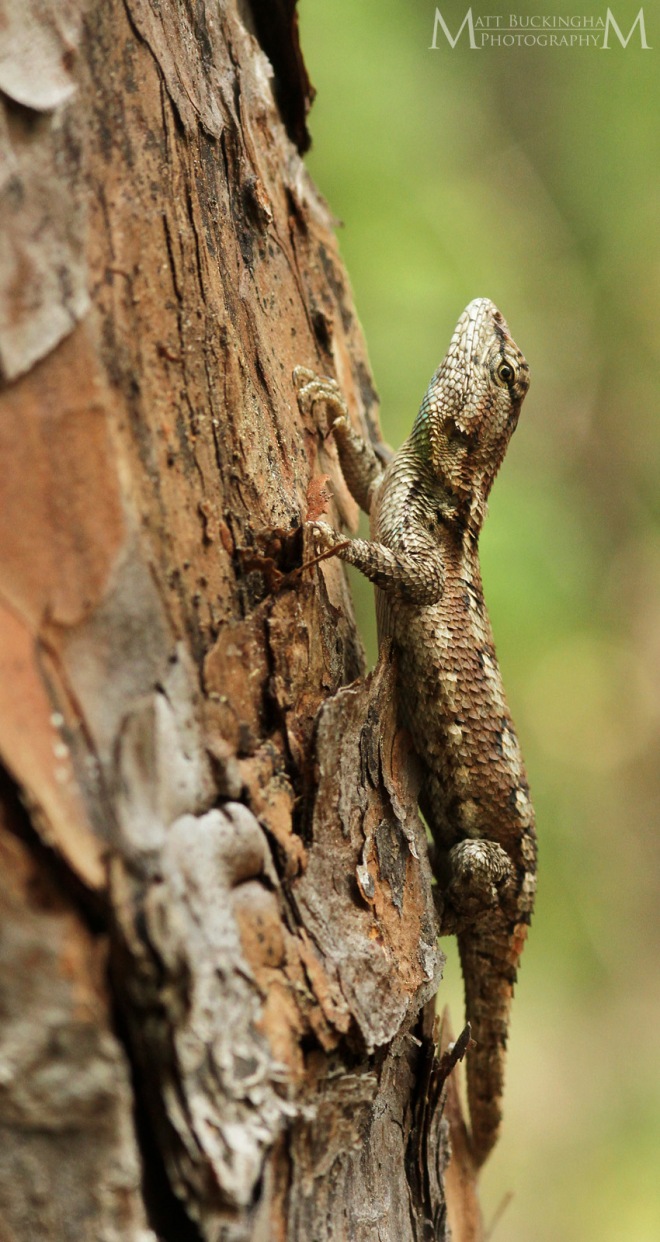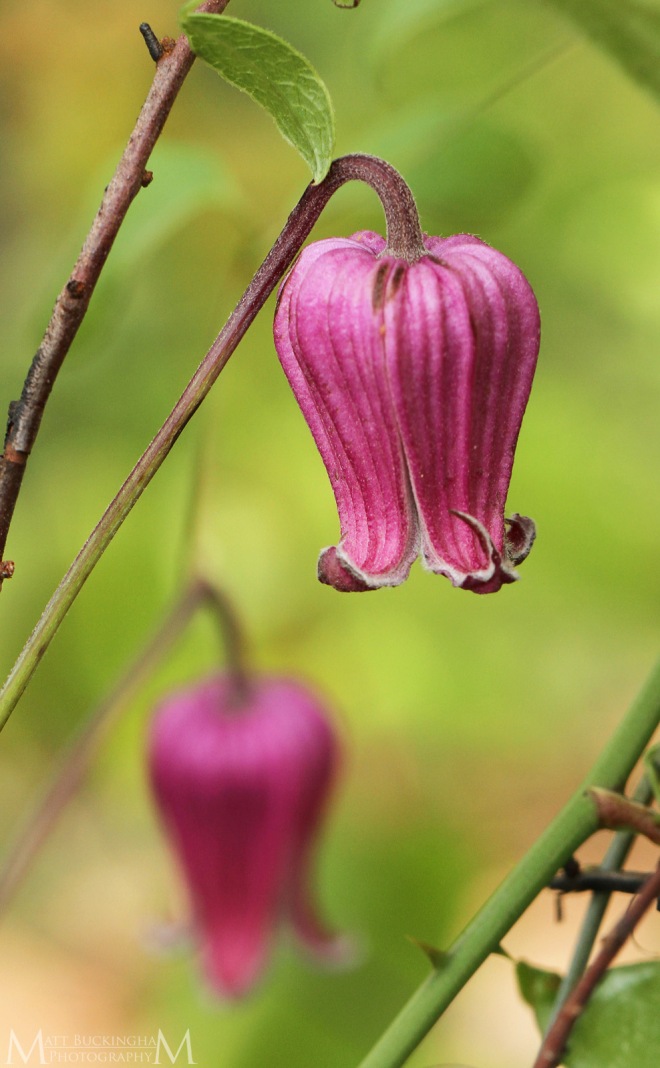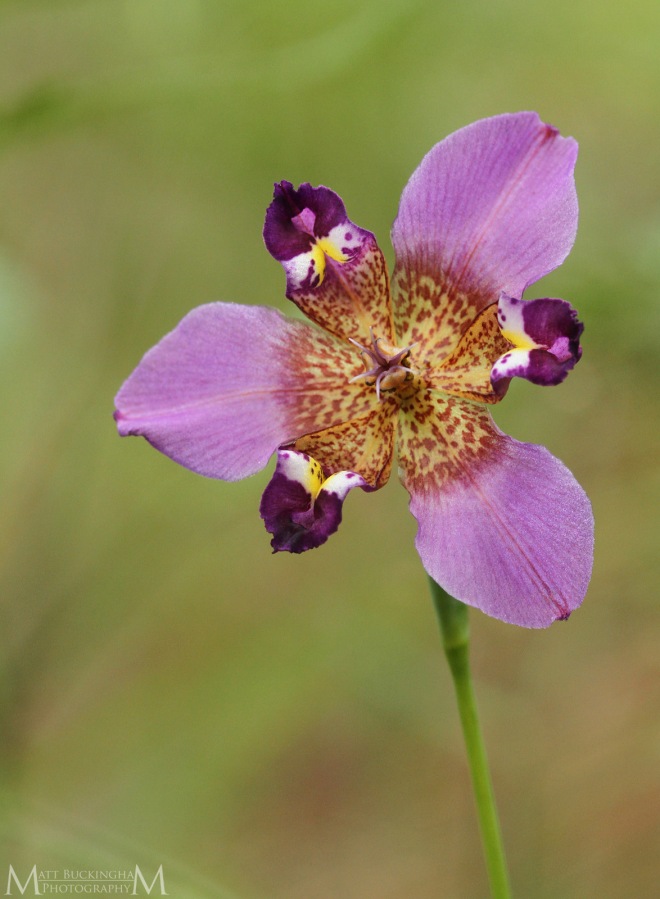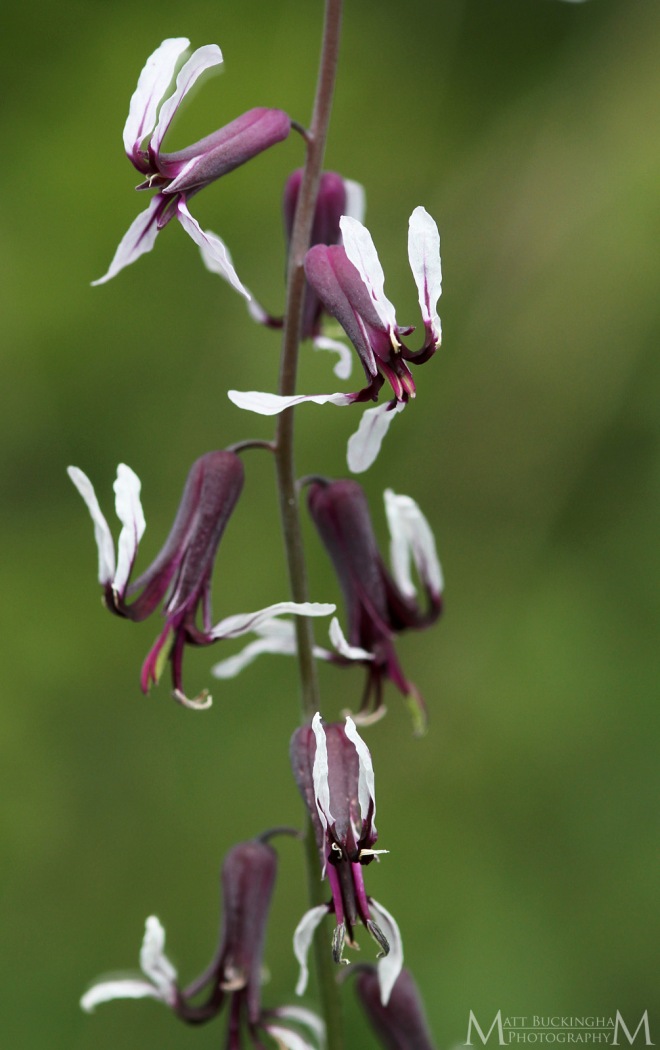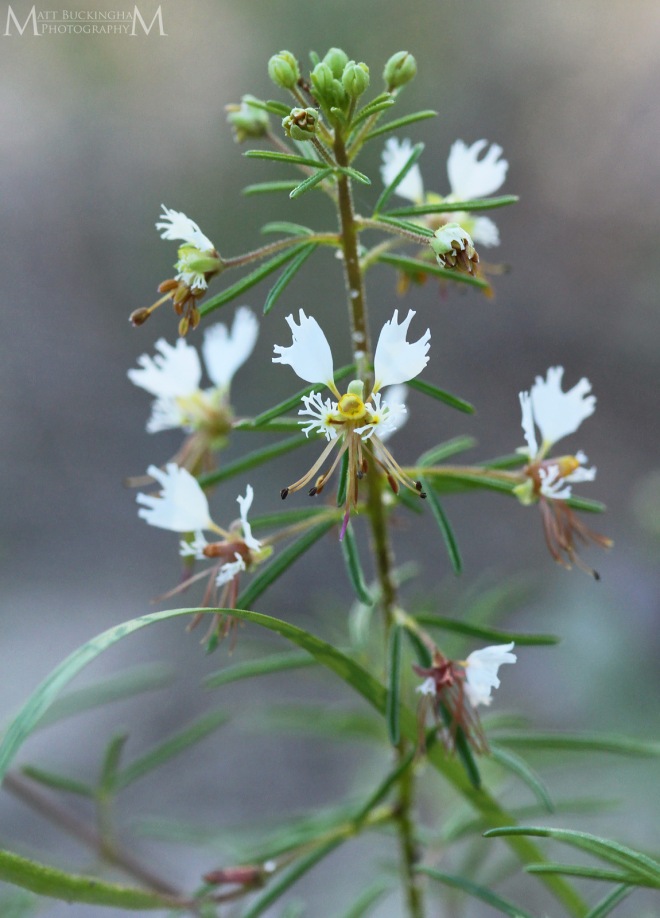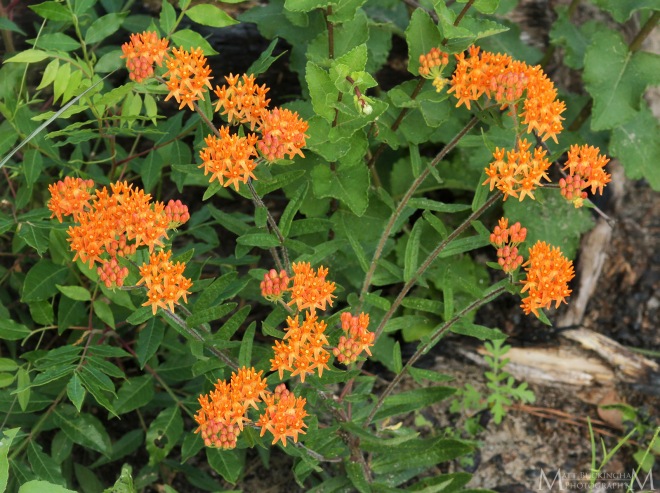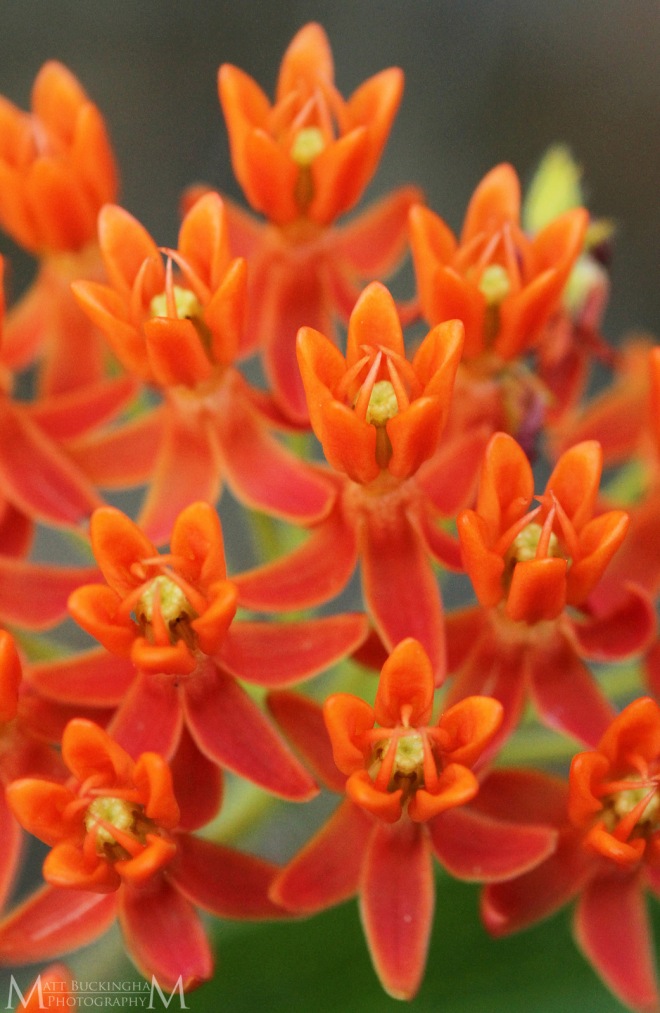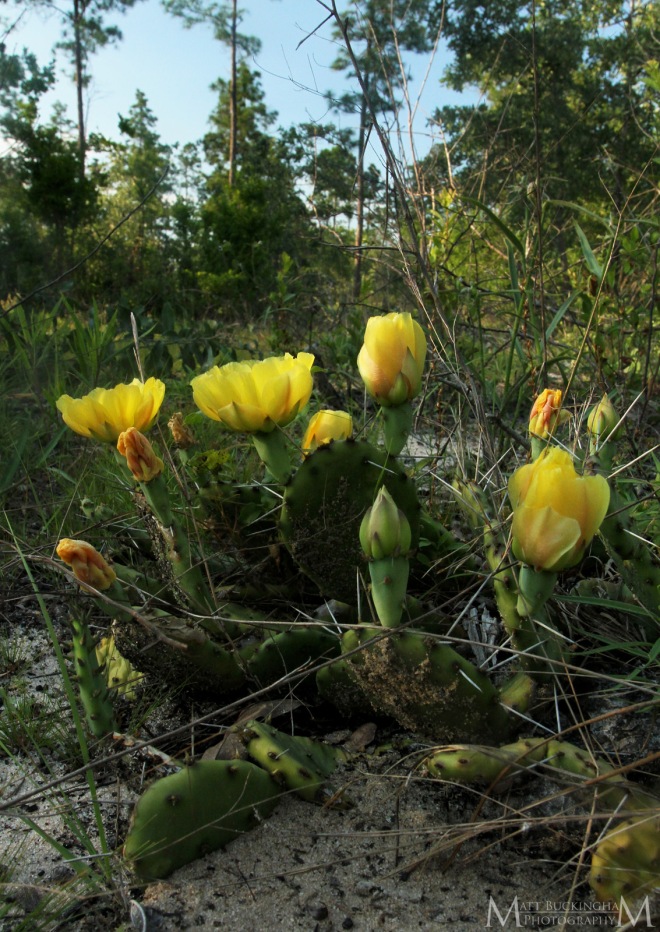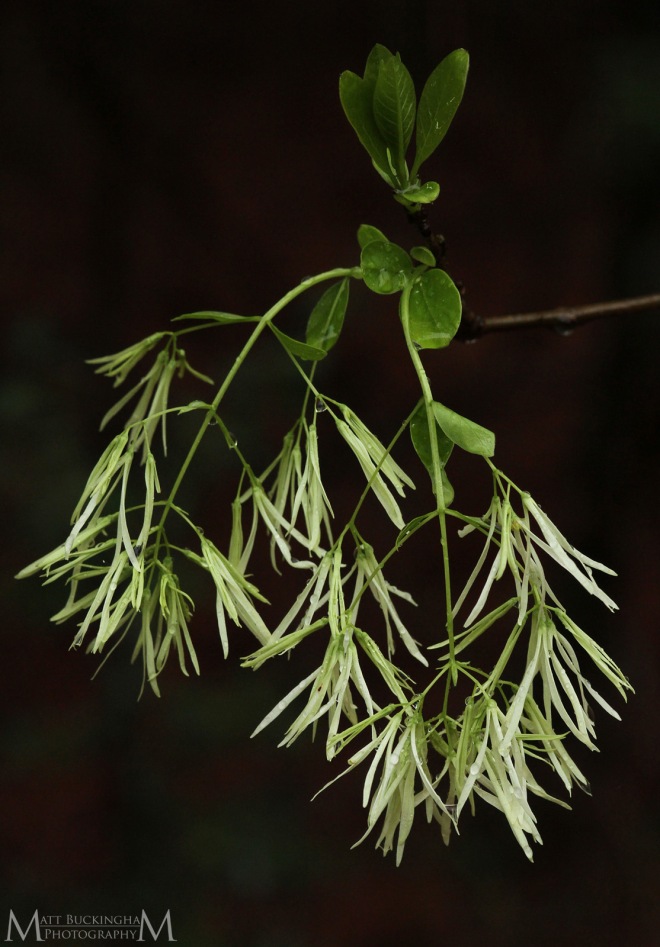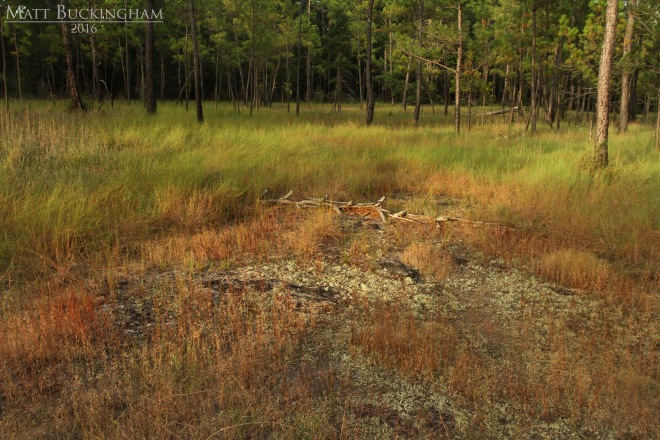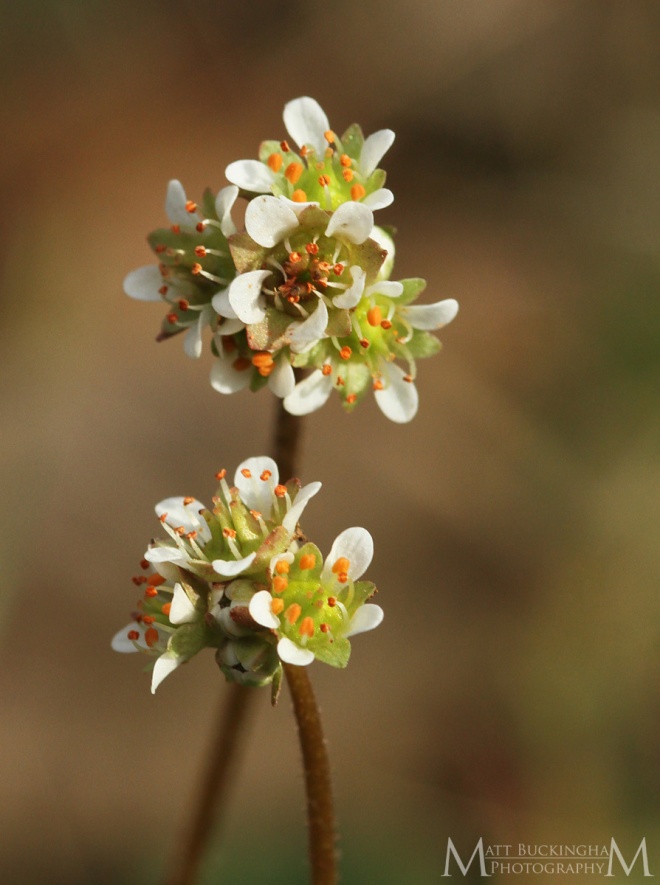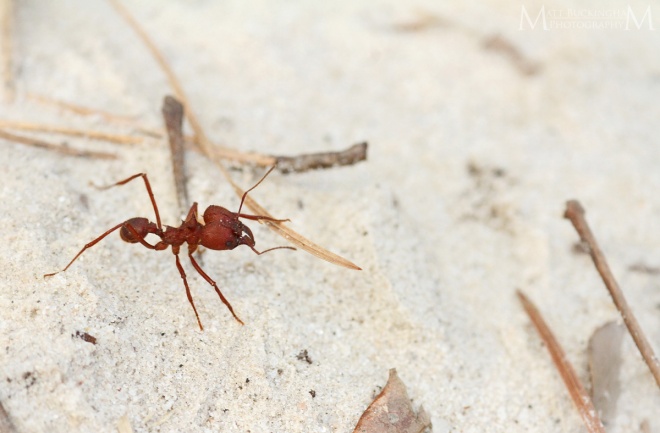
A Brown-headed Nuthatch perches on the branch of a Longleaf Pine
Dawn in the longleaf is a magical thing – as the first rays of light filter through outstretched needles, casting long shadows over broad expanses of Little Bluestem and Eastern Gamagrass. The air is clean and still as the savannah comes to life. First with the familiar calls of the Prairie Warbler and Indigo Bunting. Occasionally the buzzy trill of a Bachman’s Sparrow and the drumming of Red-cockaded Woodpeckers sounds in the distance. There is one sound, however, that seems strangely out of place. I remember the first time I heard it; I found myself looking around to see if there was some dog wrestling with a chew toy. It was a set of high pitched squeaks, generally occurring in pairs. The best thing I could liken it to was someone squeezing a rubber ducky.
It was, of course, the song of the Brown-headed Nuthatch (Sitta pusilla). This tiny songbird is an inhabitant of pine forests of the southeastern United States. It’s range generally follows the coastal plain from the Delmarva Peninsula to East Texas. Though it may be found in a variety of open pine-dominated woodlands, and even parks with scattered mature pines in the vicinity, it’s preferred habitat is the longleaf pine savannah. This becomes clear when comparing the range of the nuthatch and the iconic southern pine.

Brown-headed Nuthatch Range (Image from Wikipedia)

Longleaf Pine Range (Image from Wikipedia)
Brown-headed Nuthatches are cavity nesters and may be secondary excavators (utilizing existing cavities and modifying them to their liking) or weak primary excavators (creating their own cavities in sufficiently soft parent material). Males select the nest site, and generally prefer large standing snags. They will, however, compromise, and I have seen them nesting in holes at joints in wooden fences. They then line their cavities with soft materials such as feathers, dead grass, and pine straw.

A Brown-headed Nuthatch peers from its cavity
Nesting begins early in the year. In East Texas they are often working on preparing their cavities by mid to late February. A most interesting aspect of this nuthatch’s natural history is that it will often display cooperative breeding, a trait relatively rare among songbirds. In a cooperative breeding system, offspring may remain in their parents’ territory for a year or more in order to help raise younger siblings. These helpers will aid in defending territory, maintaining cavities, and gathering food for their altricial siblings. This may be a benefit, evolutionarily speaking, as it allows these helpers to ensure that their genetic material persists by raising their siblings to maturity at a time when they themselves lack the strength and experience to pass on their genes the traditional way – by establishing their own territories, finding a mate, and successfully raising offspring.

Brown-headed Nuthatch
Small invertebrates make up the majority of the Brown-headed Nuthatch’s diet. They bounce from tree to tree, scanning the bark for any tasty morsel unfortunate to find itself in the tiny predator’s path. They may glean insects from branches or use their narrow, piercing beaks to seek out spiders hiding in the cracks of the bark. However these are no ordinary hunters. Nuthatches have been observed utilizing tools, breaking off tiny flakes of bark with their beaks and using them as leverage to pry up larger pieces of bark in search of well-hidden pray.

Brown-headed Nuthatch
Though they remain common in many areas of the southeast, the Brown-headed Nuthatch has not been immune to the widespread loss of longleaf pine savannahs and other mature pine-dominated habitats over the past two centuries. The North American Breeding Bird Survey indicates a decline in detections along its routes of almost 25% in the past 50 years. In East Texas they remain locally common in areas where large pines and open understories persist. This is a species that may benefit from some forestry practices, such as prescribed burning, periodic thinnings, and leaving seed and shelterwood trees during final harvest. As long as these sustainable practices are utilized, and large protected tracts of mature longleaf pine savannahs and other open pine-dominated woodlands remain, the outlook for this quirky, fascinating species in East Texas looks promising.

Brown-headed Nuthatch
I photographed these special songbirds this spring with the help of my good friend James Childress, who set out in search of these birds with me and graciously lent me his 600mm lens. Without the zoom and image quality of that lens, these photos would have never been possible.




























